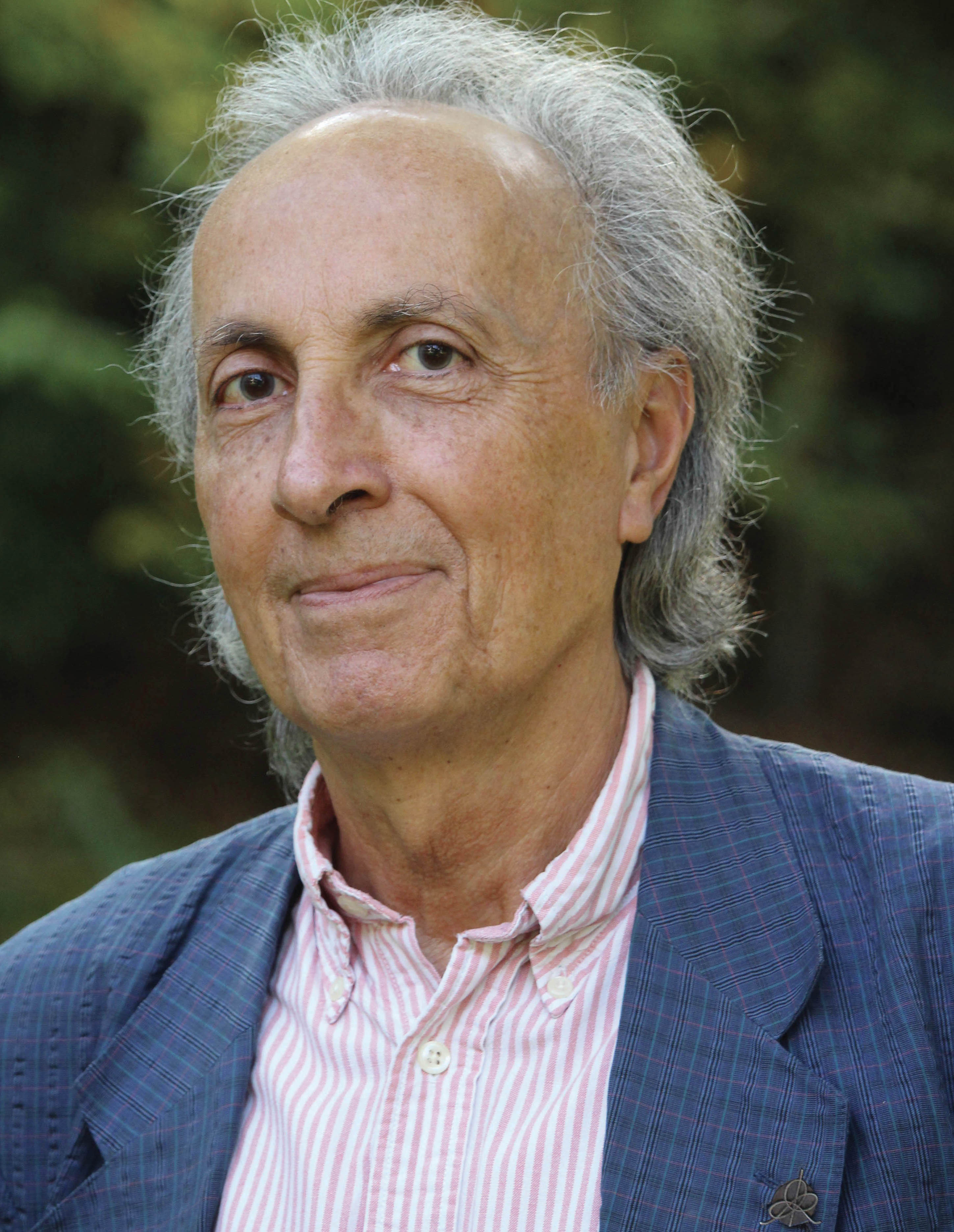Damour Fest: Adventures in Gravitation
Marilyn and James Simons Conference Center
IHES
A conference in honor of Thibault Damour
The conference will be held in a blended form, with talks given on site at IHES and others remotely through Zoom.
All the talks may be followed either online or on site (subject to availability).
Covid-19 regulations: for those who will attend in person, masks will be mandatory and we will ask them to provide a health pass upon their arrival.
Organized by Nathalie Deruelle (APC, Université de Paris), Alessandro Nagar (INFN Torino), and Slava Rychkov (IHES), the "Damour Fest: Adventures in Gravitation" will be held from October 12 to 15, 2021 at IHES.
 Professor Thibault Damour is a permanent professor at IHES since 1989.
Professor Thibault Damour is a permanent professor at IHES since 1989.
He is a theoretical physicist specializing in general relativity and string theory. He is known worldwide for his innovative work on black holes, gravitational waves, and quantum cosmology. Throughout his career, he has received numerous international awards, such as the prestigious Einstein Medal and the CNRS Gold Medal, and more recently (in 2021) the Galileo Galilei Medal, the ICTP Dirac medal, and the Balzan Prize.
Invited speakers:
- Leor Barack, University of Southampton
- Sebastiano Bernuzzi, University of Jena
- Lydia Bieri, Michigan University
- Luc Blanchet, IAP, Paris
- Alessandra Buonanno, AEI, MPI, Potsdam
- Sophie De Buyl, Vrije Universiteit Brussel
- Stanley Deser, Brandeis University
- Marc Henneaux, Collège de France & ULB Bruxelles
- Bala Iyer, ICTS, TIFR, Bangalore
- Piotr Jaranowski, University of Białystok
- Sergiu Klainerman, Princeton University
- Michael Kramer, MPI, Bonn
- Juan Maldacena, IAS, Princeton
- Viatcheslav Mukhanov, Ludwig Maximilian University, Munich
- Hermann Nicolai, AEI, MPI, Potsdam
- Adam Pound, University of Southampton
- Giuseppe Policastro, ENS Paris
- Alexander Polyakov, Princeton University
- Manuel Rodrigues, ONERA, Université Paris-Saclay
- Remo Ruffini, ICRA, Rome
- David Shoemaker, MIT
- Sergey Solodukhin, University of Tours
- Alexei Starobinski, Landau Institute, Moscow
- Gabriele Veneziano, CERN & Collège de France
- Alex Vilenkin, Tufts University
- Edward Witten, IAS, Princeton
